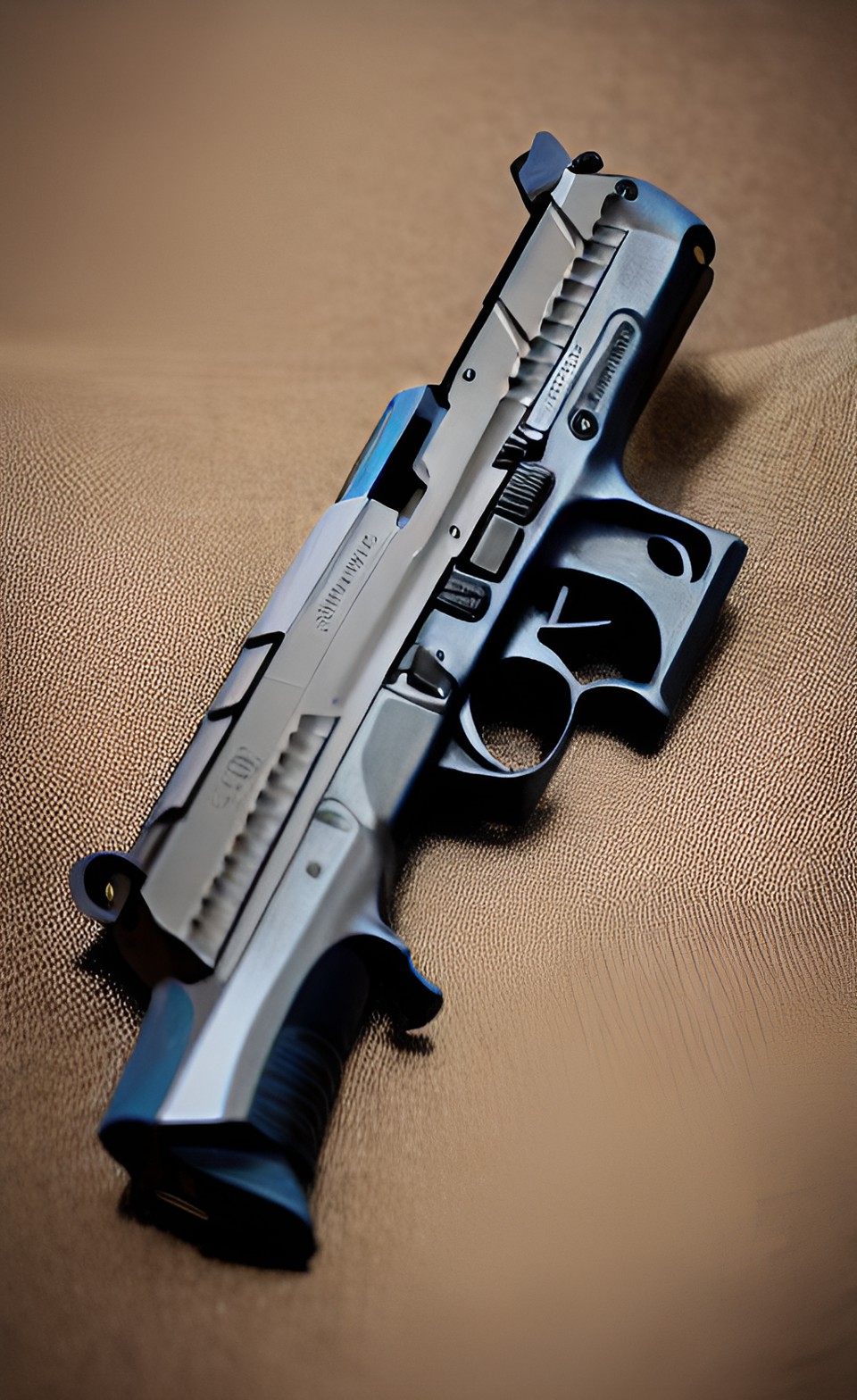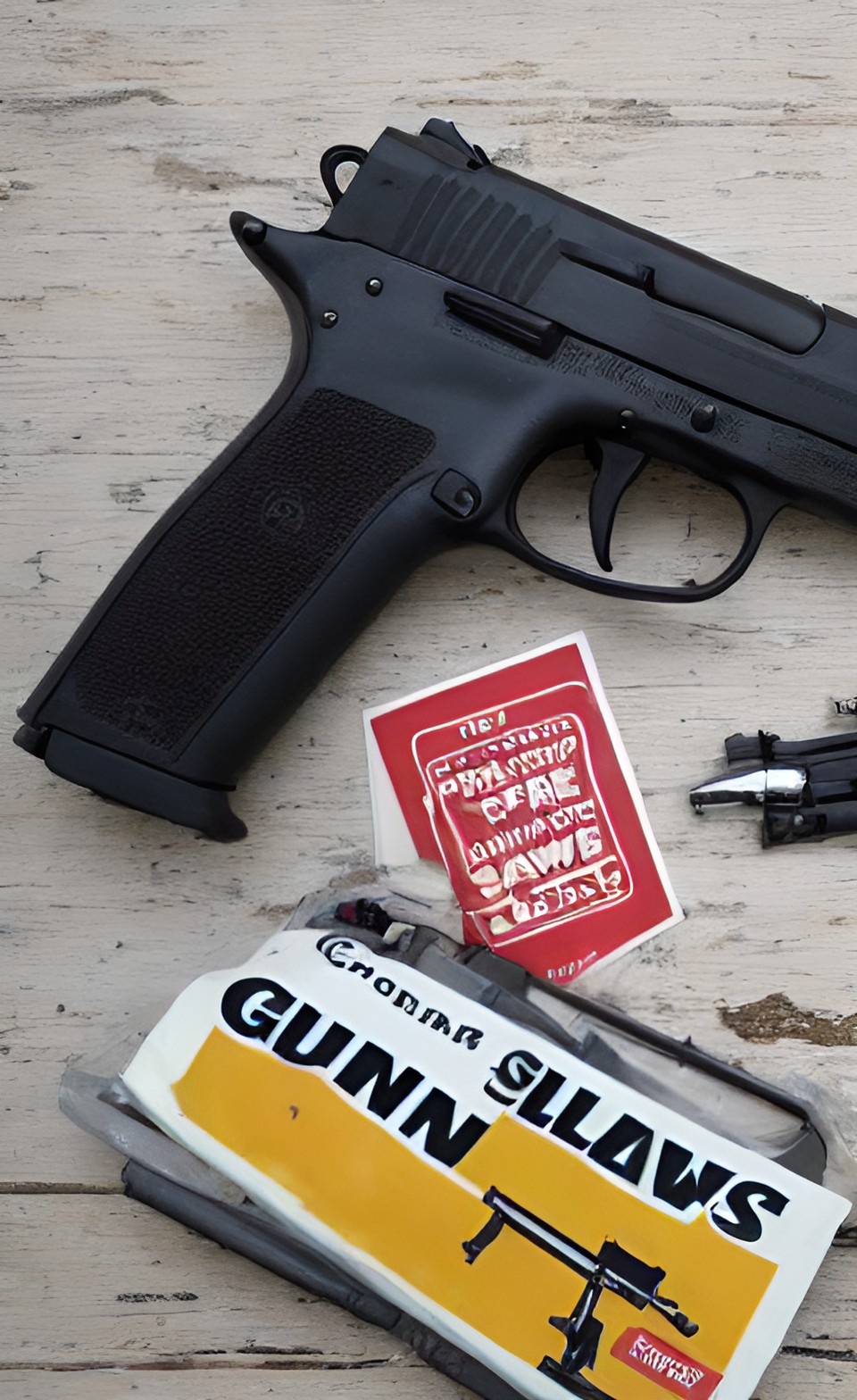The Evolution of Rifles: From Flintlocks to Modern Precision
Ever since their invention in the 16th century, rifles have come a long way. Starting as rudimentary flintlocks, these firearms have evolved into sophisticated tools of precision and accuracy. The transformation from primitive ignition systems to state-of-the-art technology has significantly impacted their functionality, range, and overall effectiveness on the battlefield and in various other applications.
The flintlock rifle was the dominant firearm during the 17th and 18th centuries. It was a muzzle-loading weapon that relied on a spark produced by a flint striking a metal plate to ignite the gunpowder in the barrel. While flintlocks were relatively accurate, they had a limited range and were notoriously slow to reload. Despite these drawbacks, flintlock rifles played an essential role in shaping warfare during the American Revolutionary War and Napoleonic Wars.
By the 19th century, rifles underwent a major revolution with the introduction of the percussion cap system. These caplock rifles functioned by using a small brass cap containing explosive material to ignite the gunpowder in the barrel when struck by a firing pin. This system greatly improved reliability, speed, and ease of use compared to flintlocks. As a result, rifles with percussion cap systems became the standard firearm for military forces and civilian hunters alike.
The next significant milestone in rifle development occurred during the late 19th and early 20th centuries with the introduction of smokeless powder. This highly combustible propellant burned more consistently and produced less smoke, allowing for better visibility and increased accuracy. Bolts replaced the traditional muzzle-loading mechanism, and internal magazines were introduced, giving soldiers the ability to fire multiple shots without reloading, a vast improvement over earlier designs.
The First World War marked another turning point in the evolution of rifles. The development of semi-automatic rifles allowed for rapid-fire without manual intervention. These rifles, such as the M1 Garand, played a crucial role in modern warfare, giving soldiers the ability to engage multiple targets quickly. During this time, firearms manufacturers also explored new materials and manufacturing techniques, resulting in more reliable and durable rifles.
The evolution of rifles continued throughout the 20th century with the introduction of selective-fire weapons, which could be switched between semi-automatic and fully automatic firing modes. The iconic AK-47 was among the first to incorporate this feature, revolutionizing the concept of a battle rifle. These rifles further enhanced the firepower of soldiers and gave them increased control over their engagement with the enemy.
In recent decades, rifles have seen advancements in precision and long-range capability. Bolt-action rifles such as the Remington 700, equipped with high-quality optics and specialized ammunition, can achieve remarkable accuracy at extreme distances. These precision rifles have found applications in long-range shooting competitions, law enforcement, and military sniping.
Furthermore, the emergence of bullpup designs has revolutionized modern rifle aesthetics and functionality. By relocating the action behind the trigger, bullpup rifles maintain a full-length barrel while reducing overall length, making them more maneuverable in close quarters.
The evolution of rifles has been driven by an ongoing quest for improved accuracy, reliability, and ease of use. From flintlocks to modern precision rifles, each generation of firearms has built upon the successes and failures of its predecessors. As technology continues to advance, we can only anticipate further enhancements to the range, accuracy, and versatility of rifles in the future.






